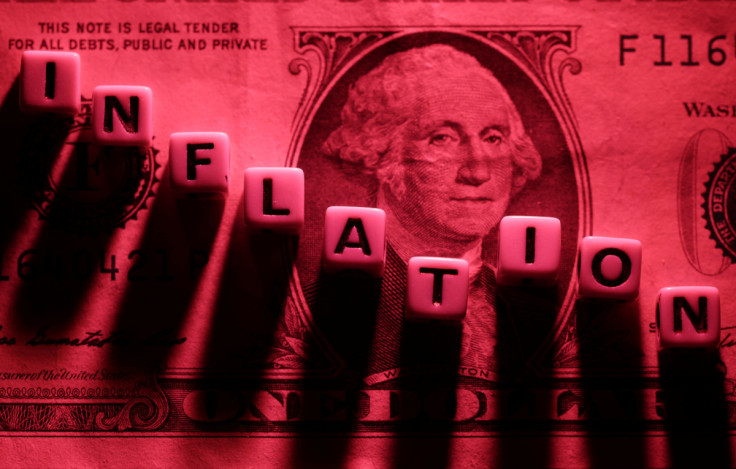Fed Seen Driving Interest-rates Higher To Beat Back Inflation

The Federal Reserve is seen delivering another large interest-rate hike in three weeks' time and ultimately lifting rates to 4.75%-5% by early next year, after a government report showed inflation remained stubbornly hot last month despite a historically fast pace of Fed rate rises so far this year.
Traders of U.S. interest-rate futures piled into fresh bets on a more aggressive Fed, even pricing in a one-in-three chance that the Fed drives the policy rate above 5% next year, after a Labor Department report showed the consumer price index jumped 0.4% in September from August. From a year earlier prices rose 8.2%, far above the Fed's 2% target.
"Our policies have not really bitten as much as they need to for us to get to a better place," Atlanta Fed President Raphael Bostic told Reuters on Wednesday, before the report, which economists had expected to be softer.
Before the report traders had all but priced in a fourth straight 75-basis-point hike at the close of the Fed's Nov. 1-2 meeting. That is still the dominant view, though futures prices now also reflect about a one-in-10 chance of a full percentage-point rate hike next month. The Fed's policy rate is currently 3%-3.25%.
By year end traders now expect the rate to reach 4.5%-4.75% -- the level Fed policymakers had just three weeks ago seen taking until next year to reach -- and topping out around 4.85% by March of next year.
Futures prices also reflect about a 35% probability of rates rising above 5%, validating the long-held view of some analysts who have argued the Fed will at least that to puncture price pressures, and that unemployment, now 3.5%, will likely shoot up as well.
Fed policymakers have raised interest rates sharply this year, from near-zero just seven months ago.
Last month they jolted markets again by signaling they would continue raising rates into next year and then keep them there through at least the end of 2023. Most global central banks are also raising rates fast, and stock prices around the world have fallen as investors expect growth to slow in response.
Policymakers have acknowledged their higher borrowing costs will likely lead to a softer labor market, but they have also held out hope of a soft landing that would leave intact the lion's share of employment gains since the pandemic.
They have also said they will not let up on the pace of interest-rate hikes until they see progress on inflation, which is eroding Americans' purchasing power at a faster pace than at any time in 40 years -- even at the cost of rising unemployment.
"If we do not see signs that inflation is moving down, my view continues to be that sizable increases in the target range for the federal funds rate should remain on the table," Fed Governor Michelle Bowman said on Wednesday, before the report.
Analysts worry the result will be a Fed that goes too far, forcing it to reverse course late next year to offset what by then could be a full-blown recession.
"With the (Fed's) backward-looking reaction function intensifying overtightening risks, we now expect the Fed to cut the funds rate by 75 (basis points) in the final three meetings of 2023," Barclays economists wrote on Thursday.
Traders are pricing a smaller 30 basis point rate cut toward the end of 2023, rate-futures contracts traded at CME Group show.
© Copyright Thomson Reuters {{Year}}. All rights reserved.





















